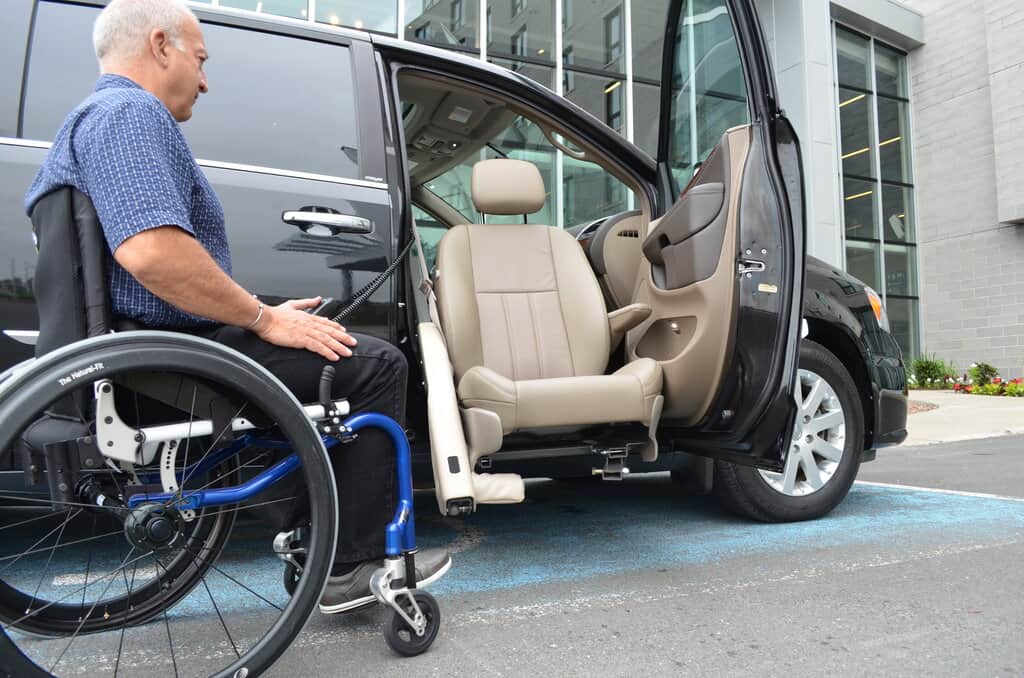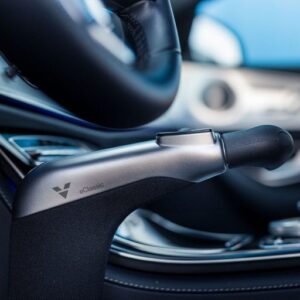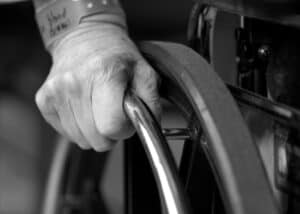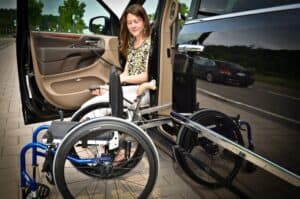For a disabled person, freedom and mobility are extremely important. Activities that many people take for granted, like driving a car to a doctor’s appointment or the grocery store, can have a huge impact on a disabled person’s quality of life. Fortunately, thanks to advances in engineering and technology, there are plenty of ways to modify your vehicle to accommodate your disability. In this guide, we’re going to cover the basics of mobility solutions, types of accessories and equipment available, and how to access valuable resources.
Regulations on Vehicle Modifications
There are laws and regulations in place to allow for the safe usage of modified vehicles. Most of these regulations are overseen by the National Highway Traffic Safety Administration (NHTSA), the American’s with Disabilities Act (ADA), and the Department of Motor Vehicles (DMV) where the vehicle is registered. These laws are intended to ensure that disabled people have the access to mobility solutions while preventing the use of modifications that could be potentially hazardous.

Types of Vehicle Modifications
Every person will have different needs when it comes to mobility solutions for their vehicle. These modifications range from simple, inexpensive gadgets to provide easy access to the vehicle’s controls to fully customized solutions. Here are some of the most common types of mobility solutions available on the market.
Hand Controls
Hand controls allow you to operate functions of your vehicle using knobs, levers, or buttons to control the acceleration, braking, and secondary controls like the windshield wipers or turn signals. Hand controls come in a wide variety of configurations to accommodate any special need.
Pedal Extensions
Pedal extensions are bolt-on devices that bring the gas, brake, or clutch pedals closer to the driver. This allows the driver to reach the pedals comfortably without having to move the seat to an uncomfortable or unsafe position.
Wheelchair Ramps and Lifts
Wheelchair ramps or lifts provide a safe and easy way for wheelchair users to enter or exit their vehicles. This eliminates the need to transfer the passenger to a seat or stow the wheelchair. There are many options available including manual ramps and motorized lifts.
Assistance Bars and Straps
If entering and exiting the vehicle is difficult, you can install assistance bars or straps to help provide an additional sturdy point to grab. These solutions are relatively inexpensive but can make a huge difference. Bars and straps come in many different options to fit the driver’s specific needs.
Swivel Seats and Cushions
A swivel seat allows the driver’s seat to rotate so it is facing the door. This makes entering the car more like sitting in a chair instead of having to turn the body sideways. For a cost-effective alternative, drivers can opt for a swivel cushion that rests on the standard car seat and functions the same way.
Finding the Best Vehicles for Modification
If you are in need of a mobility solution, you may be able to modify your existing vehicle. This may not be an option in every situation. For example, if you own a small car, you might need to get a van that can accommodate a wheelchair lift. If you are in the market for a new vehicle, many car manufacturers offer special reimbursements through Mobility Assistance Programs. These reimbursements can help cover some of the cost of any necessary equipment or mobility modifications.
Choosing the Right Vehicle Modifications for You
It’s important to get advice from an expert who can evaluate your situation and make recommendations for vehicle modifications to fit your needs. To find a specialist in your area, you can reach out to the Association for Driver Rehabilitation Specialists (ADED) or the American Occupational Therapy Association (AOTA). In many cases, the cost for this evaluation can be covered by your insurance or workers’ compensation.
Insurance
The ADA protects disabled drivers from being discriminated against or being charged increased rates by insurance companies. The only exception is drivers who have a medical condition or disability that would impair their ability to safely operate a motor vehicle including poor vision, temporary medical restrictions from a surgery, or seizures. Each state has its own laws, so be sure to check your local regulations.
While the ADA does restrict insurance companies from treating disabled people unfairly, you may still get charged higher rates for a modified vehicle. The reason for this is that the cost to replace a modified vehicle may be higher than a standard vehicle. Check with your insurance company on what is covered under your policy. The last thing you want is to get into an accident and find out the equipment you added to your car isn’t covered.
Let the Mobility Experts Help Get You on the Road
At Alternative Mobility Solutions, we understand how important freedom and mobility are for a disabled driver. Our team of specialists is here to help walk you through the process of selecting and installing the perfect mobility solutions for your vehicle. Whether you need customized hand controls or a full suite of vehicle modifications, we’ll get you on your way.





